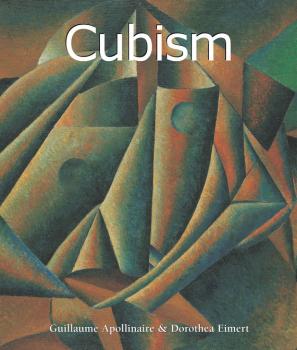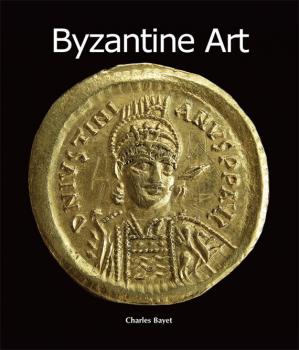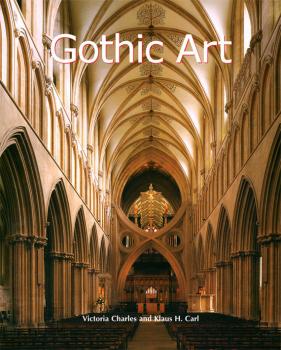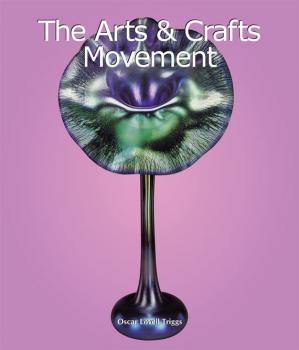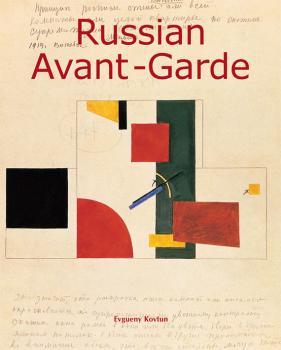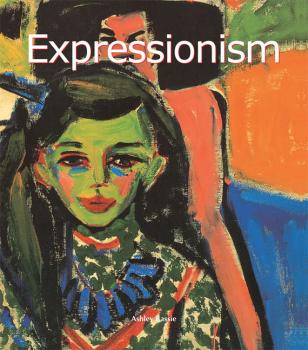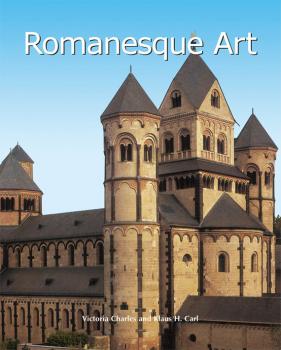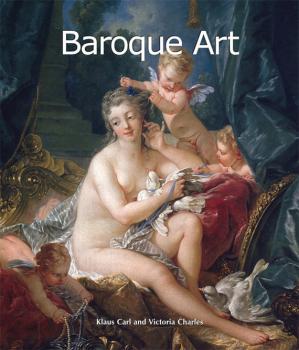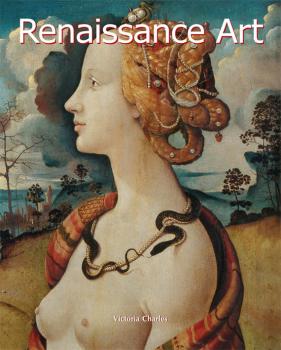Parkstone International Publishing
Все книги издательства Parkstone International PublishingCubism
Les Demoiselles d’Avignon: five young women that changed modern art forever. Faces seen simultaneously from the front and in profile, angular bodies whose once-voluptuous feminine forms disappear behind asymmetric lines – with this painting, Picasso revolutionised the entire history of art. Cubism was thus born in 1907. Transforming natural forms into cylinders and cubes, painters like Juan Gris and Robert Delaunay, driven by Braque and Picasso, imposed a new vision upon the world, in total opposition to the principles of the Impressionists. Spreading quickly in Europe, Cubism developed rapidly in successive phases that brought art history into the 20th century, which would be filled with dramatic movements, from the Futurism of Boccioni to the abstraction of Kandinsky, from the Suprematism of Malevich and the Constructivism of Tatlin. Linking the core text of Guillaume Apollinaire with the studies of Dr Dorothea Eimert, this work offers a new interpretation of modernity’s crucial moment, and permits the reader to rediscover, through their biographies, the principal representatives of the movement.
Byzantine Art
For more than a millennium, from its creation in 330 CE until its fall in 1453, the Byzantine Empire was a cradle of artistic effervescence that is only beginning to be rediscovered. Endowed with the rich heritage of Roman, Eastern, and Christian cultures, Byzantine artists developed an architectural and pictorial tradition, marked by symbolism, whose influence extended far beyond the borders of the Empire. Today, Italy, North Africa, and the Near East preserve the vestiges of this sophisticated artistic tradition, with all of its mystical and luminous beauty. The magnificence of the palaces, churches, paintings, enamels, ceramics, and mosaics from this civilisation guarantees Byzantine art's powerful influence and timelessness.
Gothic Art
Gothic art finds its roots in the powerful architecture of the cathedrals of northern France. It is a medieval art movement that evolved throughout Europe over more than 200 years. Leaving curved Roman forms behind, the architects started using flying buttresses and pointed arches to open up cathedrals to daylight. A period of great economic and social change, the Gothic era also saw the development of a new iconography celebrating the Holy Mary – in drastic contrast to the fearful themes of dark Roman times. Full of rich changes in all of the various art forms (architecture, sculpture, painting, etc.), Gothic art paved the way for the Italian Renaissance and International Gothic movement.
The Arts & Crafts Movement
“Have nothing in your house that you do not know to be useful, or believe to be beautiful.” This quote alone from William Morris could summarise the ideology of the Arts & Crafts movement, which triggered a veritable reform in the applied arts in England. Founded by John Ruskin, then put into practice by William Morris, the Arts & Crafts movement promoted revolutionary ideas in Victorian England. In the middle of the “soulless” Industrial Era, when objects were standardised, the Arts & Crafts movement proposed a return to the aesthetic at the core of production. The work of artisans and meticulous design thus became the heart of this new ideology, which influenced styles throughout the world, translating the essential ideas of Arts & Crafts into design, architecture and painting.
Russian Avant-Garde
The Russian Avant-garde was born at the turn of the 20th century in pre-revolutionary Russia. The intellectual and cultural turmoil had then reached a peak and provided fertile soil for the formation of the movement. For many artists influenced by European art, the movement represented a way of liberating themselves from the social and aesthetic constraints of the past. It was these Avant-garde artists who, through their immense creativity, gave birth to abstract art, thereby elevating Russian culture to a modern level. Such painters as Kandinsky, Malevich, Goncharova, Larionov, and Tatlin, to name but a few, had a definitive impact on 20th-century art.
The Pre-Raphaelites
In Victorian England, with the country swept up in the Industrial Revolution, the Pre-Raphaelites, close to William Morris’ Arts and Crafts movement, yearned for a return to bygone values. Wishing to revive the pure and noble forms of the Italian Renaissance, the major painters of the circle (such as John Everett Millais, Dante Gabriel Rossetti and William Holman Hunt) favoured realism and biblical themes over the academicism of the time. This work, with its captivating text and rich illustrations, describes with enthusiasm this singular movement which notably inspired Art Nouveau and Symbolism.
Expressionism
Max Beckmann, Otto Dix, George Grosz, Emil Nolde, E.L. Kirchner, Paul Klee, Franz Marc as well as the Austrians Oskar Kokoschka and Egon Schiele were among the generation of highly individual artists who contributed to the vivid and often controversial new movement in early twentieth-century Germany and Austria: Expressionism. This publication introduces these artists and their work. The author, art historian Ashley Bassie, explains how Expressionist art led the way to a new, intense, evocative treatment of psychological, emotional and social themes in the early twentieth century. The book examines the developments of Expressionism and its key works, highlighting the often intensely subjective imagery and the aspirations and conflicts from which it emerged while focusing precisely on the artists of the movement.
Romanesque Art
In art history, the term ‘Romanesque art’ distinguishes the period between the beginning of the 11th and the end of the 12th century. This era showed a great diversity of regional schools each with their own unique style. In architecture as well as in sculpture, Romanesque art is marked by raw forms. Through its rich iconography and captivating text, this work reclaims the importance of this art which is today often overshadowed by the later Gothic style.
Baroque Art
The Baroque period lasted from the beginning of the seventeenth century to the middle of the eighteenth century. Baroque art was artists’ response to the Catholic Church’s demand for solemn grandeur following the Council of Trent, and through its monumentality and grandiloquence it seduced the great European courts. Amongst the Baroque arts, architecture has, without doubt, left the greatest mark in Europe: the continent is dotted with magnificent Baroque churches and palaces, commissioned by patrons at the height of their power. The works of Gian Lorenzo Bernini of the Southern School and Peter Paul Rubens of the Northern School alone show the importance of this artistic period. Rich in images encompassing the arts of painting, sculpture and architecture, this work offers a complete insight into this passionate period in the history of art.
Renaissance Art
The Renaissance began at the end of the 14th century in Italy and had extended across the whole of Europe by the second half of the 16th century. The rediscovery of the splendour of ancient Greece and Rome marked the beginning of the rebirth of the arts following the break-down of the dogmatic certitude of the Middle Ages. A number of artists began to innovate in the domains of painting, sculpture, and architecture. Depicting the ideal and the actual, the sacred and the profane, the period provided a frame of reference which influenced European art over the next four centuries. Leonardo da Vinci, Michelangelo, Botticelli, Fra Angelico, Giorgione, Mantegna, Raphael, Dürer and Bruegel are among the artists who made considerable contributions to the art of the Renaissance.
